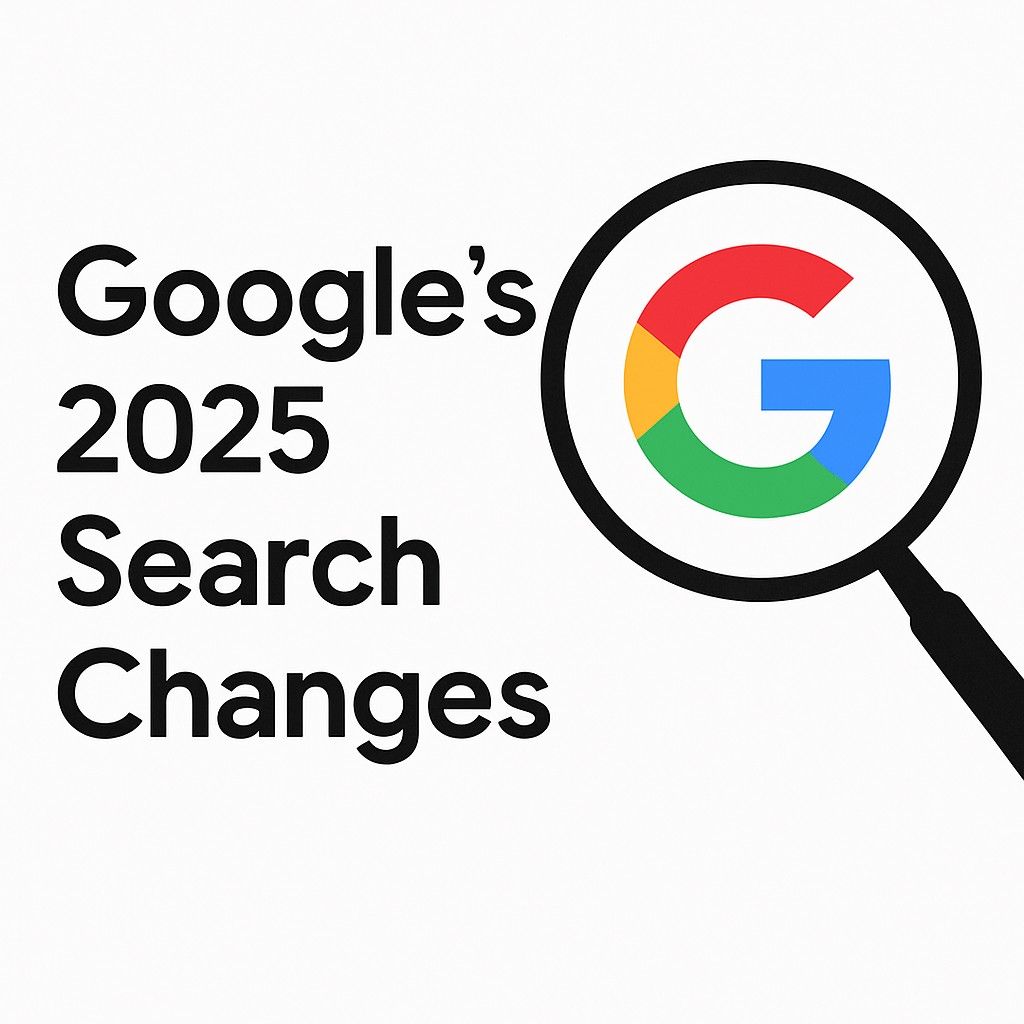
Google’s 2025 Search Changes: What Marketers Need to Know About AI Overviews

If you thought Google Search was changing fast before, 2025 might have you doing a double take. The days of just “ranking #1” are fading away, replaced by a search reality where AI Overviews and conversational, context-rich answers sit front and center. So, what does this mean for marketers, SEO pros, and anyone who relies on Google to reach customers? Let’s break it down—no jargon, no panic, just the facts and some friendly advice.
What Are Google AI Overviews?
You’ve probably noticed: when you Google something, you often see a summarized, AI-generated answer before any website links. That’s an AI Overview. Powered by Google’s Gemini AI, these multi-sentence responses pull info from across the web and aim to give users exactly what they’re looking for—sometimes without a single click to another website. But AI Overviews aren’t just a feature—they’re rapidly becoming the default experience, showing up in nearly half of all searches by mid-2025. Google says users love it. They’re asking more complex, engaging, and nuanced questions, and they’re spending more time on Google than ever.
How Does This Change Search Marketing?
Here’s the big headline: SEO isn’t dead, but it’s being rewritten.
1. The SERP Is Now “Zero-Click”
- Position #1 doesn’t mean what it used to: data shows organic traffic from these queries can drop sharply, with some case studies reporting up to a 64% decline for certain informational searches.
- Traditional website links (“10 blue links”) often fall below the AI Overviews.
- Many searches never result in a click—people get answers right in the search results.
2. New Ad Placements in AI Answers
- Google has started to place ads inside AI Overview boxes, not just above or below them.
- “AI Mode” opens up even further possibilities, with conversational ads and smarter, intent-driven placements.
3. Search Behavior Is Evolving
- People are asking longer, more conversational, and even multimodal questions (think: speaking, searching with photos, etc.).
- Gen Z especially expects fast, contextually smart answers
What Should Marketers and Brands Do Differently Now?
Adapt your SEO and marketing like you’re talking to a helpful AI, not just targeting keywords.
- Write for Real Questions, Not Just Robots: Focus on clear, authoritative, and directly helpful answers. Use structured content, FAQs, and how-tos. Google’s AI loves content it “understands and trusts”.
- Embrace Schema & Structured Data: Add schema markup to your site so Google’s AI can “see” your content and pull you into AI Overview answers.
- Prioritize First-Party Content and Thought Leadership: Be the voice in your niche. Case studies, expert advice, and locally relevant answers stand out.
- Diversify Traffic Sources: Since organic clicks are declining for many informational queries, don’t rely on Google alone—cultivate email lists, social communities, and direct engagement.
- Monitor Your Metrics: Keep an eye on changes in impressions, organic clicks, and overall engagement. Continuous testing is key.
- Get Familiar with AI-Powered Search Ads: Experiment early with beta placements inside AI Overviews and conversational modes. Google Ads is evolving to use AI for targeting and creative suggestions.
The Silver Lining: New Opportunities
It’s not all doom and gloom. Google claims AI Overviews generate “higher quality clicks”—users who do click through are more likely to convert and stay longer. The evolution also creates new opportunities to show up in ways you couldn’t before, especially for brands with strong, trustworthy, and creative content.
Stay agile, stay curious, and optimize for people first—AI is just their new helper. The core of good marketing hasn’t changed: answer people’s real questions and be where they’re searching. In 2025, that just happens with a lot more AI between you and your next customer.
Want to win in the age of AI Overviews? Focus on clarity, credibility, and real value. Google—and your future customers—will notice.